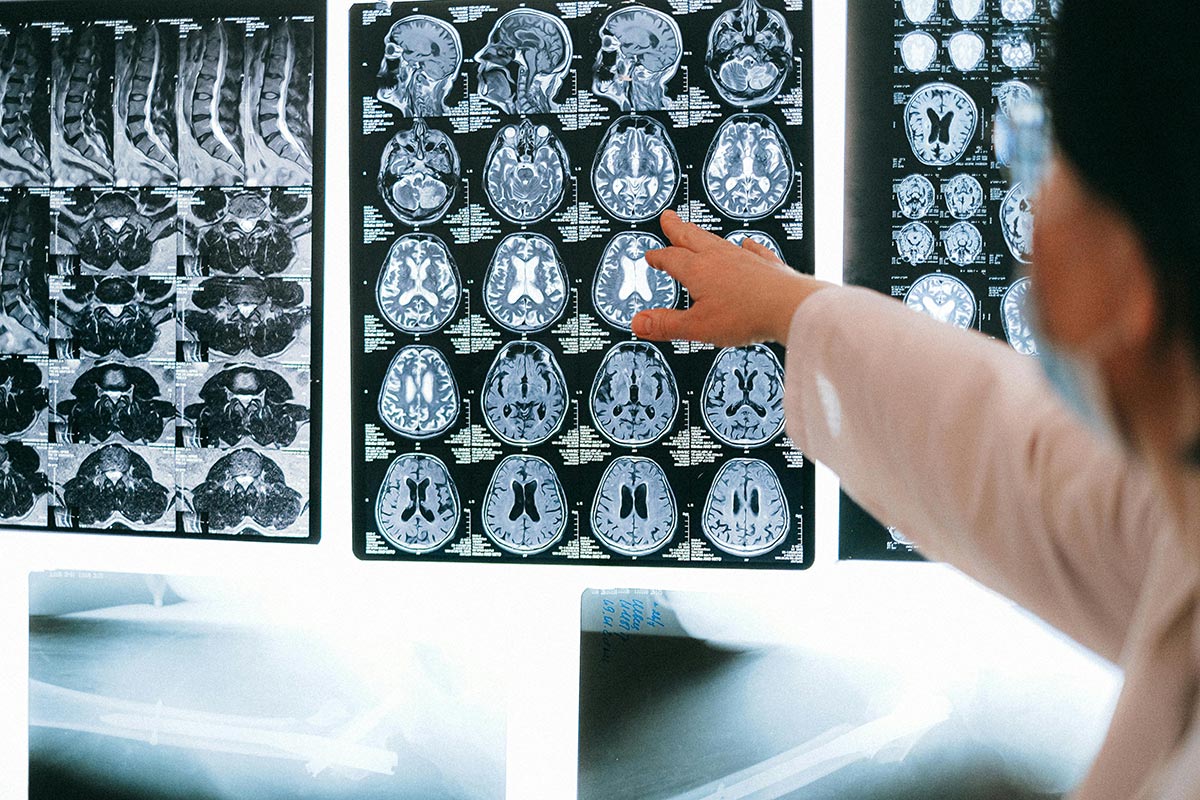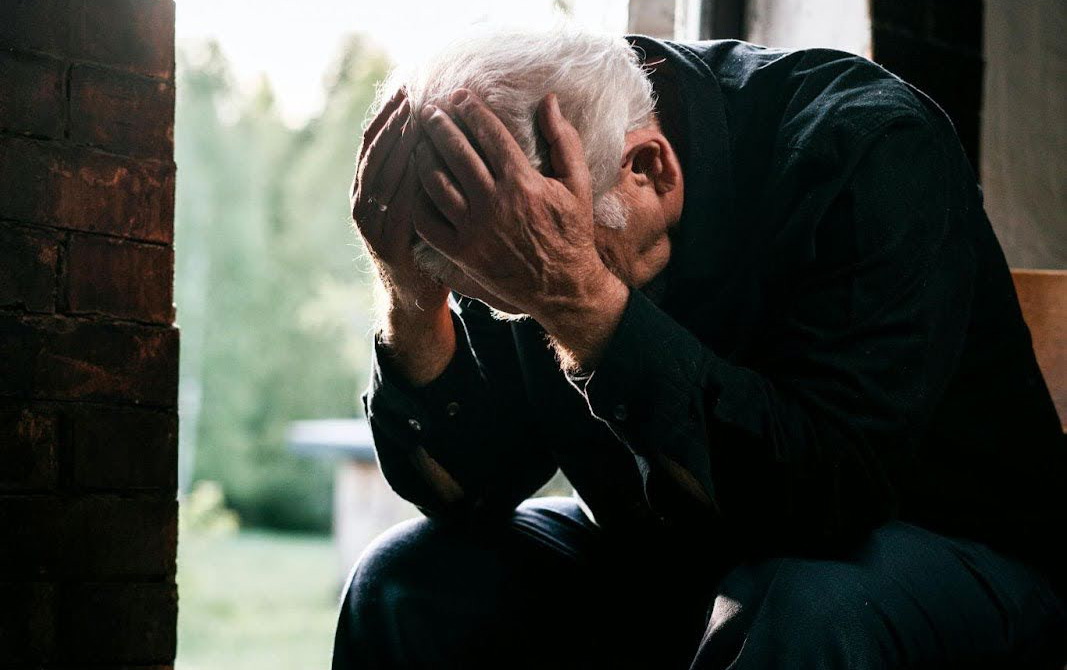
Understanding Teen Substance Use
Getting a handle on why teens might fall into the trap of using substances tells us a lot about what drives them and the risks that push them down that road.
Impact of Substance Use on Teens
When teens mess around with substances, it can mess with more than just their mood. We're talking serious hits to their physical and mental health. Young folks dabbling in substances face more health complications, a dent in their overall happiness, and a looming chance of addiction (CDC). Getting cozy with drugs or booze too early can put a wrench in brain development, stunting smarts and stirring up emotional chaos.
Here's where the consequences of high-risk substance use really come home to roost:
Risk Factors for Teen Substance Use
Some red flags can make teens more likely to dive into substance use. These come from all sides: personal quirks, home life, and buddies. Key risk factors include:
Grasping both the hurdles of substance use and the risks involved helps parents, teachers, and medical folks cook up ways to stop the problem before it starts. Asking is teen substance use normal? ain't a one-size-fits-all question, but tackling these risk factors gives teens a fighting shot at a healthier future.
Teen Substance Use Statistics
Getting a grip on the latest with teen substance use offers valuable insights for folks like parents, teachers, and the entire community. This part dishes out what's hot and happening in adolescent substance use and shines a light on top substances that still lure our teens.
Trends in Teen Substance Use
The substance scene among teens is playing out differently these days. The number of kids lighting up cigarettes or turning to binge drinking has generally taken a nosedive in the U.S. over the past five years. Yet, take a closer peek, and you'd spot tobacco products still making rounds among youngsters—between 2.4% to 10.3% of students from 8th to 12th grade are still puffing on them. On the flip side, marijuana is steadily climbing the popularity ladder, with a growing crowd from 12.5% to 36.4% of students across these grades joining the club.
As if COVID-19 wasn't enough drama, it seems it also twisted the substance use scene. Look closer at 2022: kids didn’t really backpedal to their old habits of puffing on cannabis or vaping those nicotine clouds (NIDA).
Commonly Abused Substances
When it comes to stuff teens often go for, it varies, with certain substances gaining notoriety in special cliques or places. Here’s the rundown:
- Alcohol: Even though fewer kids are pulling all-nighters with booze, alcohol is still a firm favorite for many teens.
- Marijuana: Don’t let its green nature fool you—it's getting embraced by more and more adolescents.
- Tobacco Products: Cigs might seem old-school, but they share the stage with the vaping craze.
- Prescription Medications: Popping pills like opioids and stimulants outside of a doc’s orders is a risky business.
- Cocaine and Other Stimulants: Less common, but cocaine and stuff like meth do pop up among specific crowds.
Having a handle on these stats helps folks make sense of questions like "is this normal for teens?" Getting these trends down highlights why prevention and stepping in matter for kids in this crucial time of growing up. For the nitty-gritty on stepping in right, peek over at our effective interventions.
Psychological Factors
Getting a handle on what makes teens dabble in substances is like piecing together a complex puzzle. Their mental state and how they handle emotions play a big role in why they might reach for that drink or pill.
Mental Health and Substance Use
Teens wrapped up in substance use often battle more than just the substances; they face a mix of health issues, both physical and mental, throttling their overall happiness. This combo ups their chances of sliding further into addiction hell (CDC). Ignoring mental health problems throws gas on the fire, pushing kids towards harmful substance use with risky outcomes, like getting hurt or landing in legal hot water.
When mental health takes a dive, teens might see substances as a lifeline, albeit temporary. Alcohol might, for instance, cloud a depressed teen's judgment, pushing them towards impulsive and dangerous actions, such as harming themselves (Child Mind Institute). The teenage brain isn't fully baked yet, so substances might hit them way harder than adults, increasing the allure and danger of addiction.
Emotional Regulation and Substance Use
Some teens think booze or drugs are the perfect escape hatch for their turbulent feelings, especially when everything's feeling upside down. This sets off a vicious cycle, where teens start leaning on substances like crutches to get through emotional turmoil.
Substances don't always play nice with teenagers like they do with adults. Take alcohol, for instance—while adults might feel chill after a drink, teens might get hyper or confrontational. This can throw them into a tempest where risky choices seem like the way to go.
Learning to deal with emotions sans substances is a skill worth its weight in gold. Teens often struggle with expressing themselves, leaning more towards using drugs or alcohol as a quick escape. Tackling mental health head-on and fine-tuning emotional skills can nip their reliance on substances in the bud.
Asking if teen substance use is ordinary is like asking if cats internet. Sure, a bit of experimenting happens, but with the risks outlined here, there's a loud call for awareness and proactive measures. We need to help young folks steer clear from these hurdles. To explore more about nipping these issues early, head over to our section on effective interventions.
Social Influences
Figuring out why teens might start using drugs is all about looking at peer pressure and media hype. These are the big drivers when we're trying to answer, is teen substance use normal?
Peer Pressure and Substance Use
Peer pressure's like gravity, pulling teenagers toward choices they might not make otherwise. Being part of the in-crowd sometimes means dabbling with substances, just to be part of the crew or get that nod of approval. This isn't just about friends outright suggesting it—sometimes it's about what's cool or 'normal' in their circle.
You know, kids might look at friends who drink or smoke and think they're somehow cooler or more accepted. This gets jacked up by what they see on Insta or TikTok, where influencers make it look like everyone’s doing it and it's no biggie.
Media Influence on Substance Use
The stuff teens watch on screens ends up affecting how they see things, big time. TV shows, flicks, and scrolling through feeds tend to show drug use as just another day. This eats away at the idea that drugs are dangerous or harmful.
Media’s got a big footprint here. Some studies even link seeing drug use in media to kids possibly picking up bad habits. If they’re always seeing this stuff, they get less scared of getting hooked on smokes or booze.
Getting a grip on these social vibes is key to steering teens away from risky habits. By spotting how peers and media jazz up these actions, we can cook up smarter ways to guide kids towards better choices. Curious for more? Check out addiction vs. dependence and what is mental health awareness month? for deeper dives.
Preventive Measures
Stopping teens from hopping on the substance train takes a village. Effective prevention is all about teaming up—where parents, guardians, and programs work together like a well-oiled machine. Getting a grip on proactive tactics is crucial to tackling this issue head-on.
Effective Interventions
Prevention efforts are like a gold star for keeping teens off substances. They wrap around family and mentoring like a warm blanket, highlighting the critical role parents and supportive adults play in guiding young folks (Youth.gov).
These interventions are key to helping teens stand strong and choose the straight and narrow.
Parental Role in Prevention
Parents, guardians, and good role models are like secret weapons in pushing teens toward healthy habits. Studies show that regular gab sessions about substance matters and sharing family dinners cut down substance use big time.
Here’s what parents can get cracking on:
- Open Communication: Giving teens space to chat about substance concerns builds a trust zone where they can spill the beans without fear.
- Modeling Behavior: Parents should watch how they walk the walk with substances because teens tend to follow the grown-up lead.
- Participation in School and Community Programs: Jumping into community activities and school programs about substance prevention stamps the message that this is serious business and shows community commitment.
Teaming up families with community gumption is like a magic formula to address is teen substance use normal? Alongside teaching moments, these action steps are vital to fighting back against substance use becoming a regular thing among the young crowd.
.svg)





